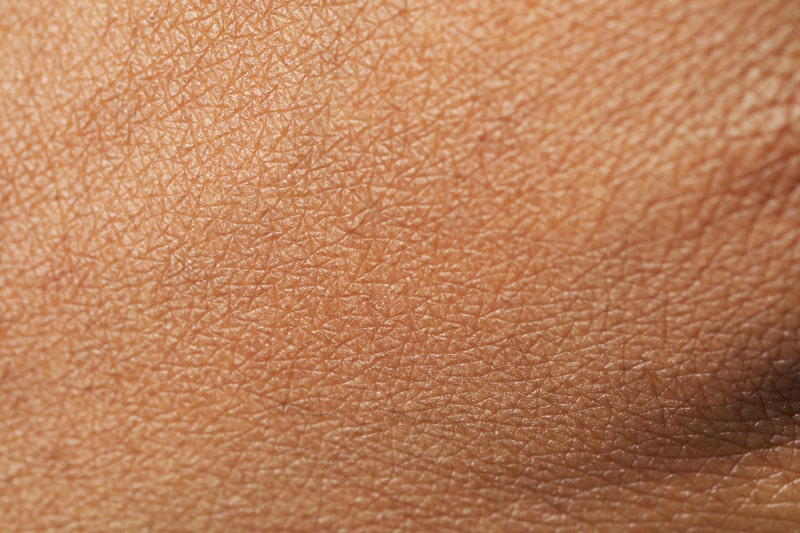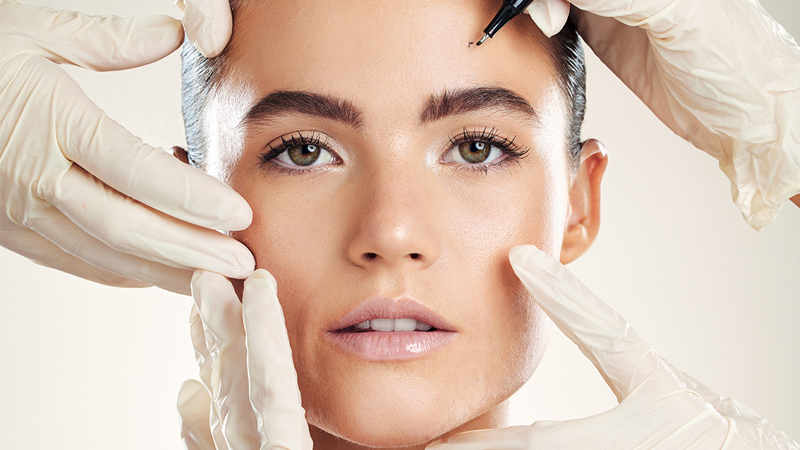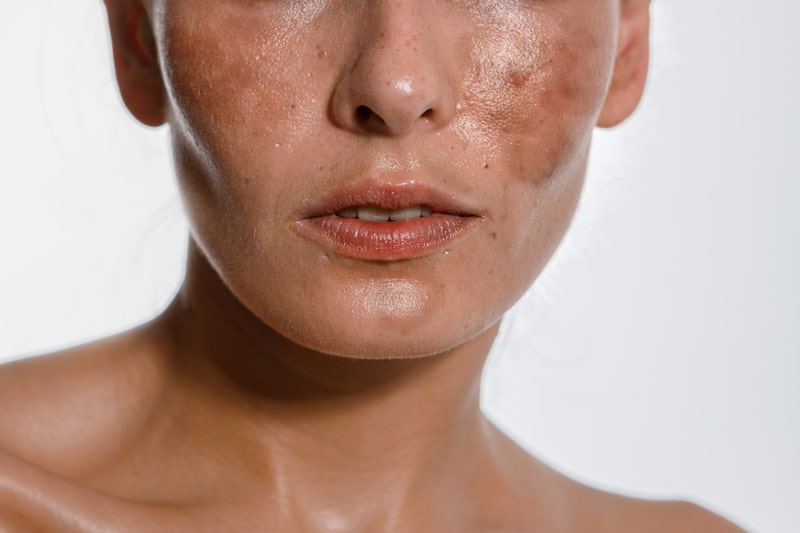Normal skin represents an almost perfect balance. It is neither too oily nor excessively dry, with a uniform texture, barely visible pores, and a natural elasticity that conveys health. Although less common than generally believed, this skin type serves as the benchmark to which other skin types aspire, due to its stability and resilience against external factors such as pollution, stress, and seasonal changes.
Despite its good condition, normal skin, also known as eudermic skin, requires specific care to maintain this balance. It is often mistakenly assumed that, because it does not show obvious problems, it does not need special attention. However, this skin type greatly benefits from a tailored routine that strengthens its barrier function, maintains hydration, and prevents premature aging.
What is normal or eudermic skin?
Normal skin is characterized by a functional balance between sebum production and hydration. It does not have excessively dry or oily areas, which allows for a uniform texture, a smooth touch, and good elasticity. Pores are usually small and barely visible, and the skin tone is even.
This skin type is considered ideal from a dermatological perspective, as its natural balance supports a stable skin barrier that is resistant to external agents such as UV rays, pollution, and climatic variations. Furthermore, it generally tolerates most cosmetic actives well, making it suitable for preventive and maintenance treatments without the risk of irritation.
To correctly identify it, it is sufficient to observe certain characteristics after a gentle cleansing, without applying any products for several hours:
- If the skin does not feel tight, does not shine excessively, and maintains a healthy, radiant appearance, it is likely eudermic skin. It is common for the T-zone (forehead, nose, and chin) in this skin type to exhibit a slight shine without becoming oily, while the cheeks remain balanced.
Recognizing this skin type is essential to avoid unnecessary routines or aggressive treatments. The key lies in maintaining its balance, reinforcing hydration, and preventing alterations that may arise over time or due to hormonal, environmental, or dietary changes.
Recommended daily routine for normal skin
Although normal skin requires less intervention than other skin types, a consistent and well-designed routine is essential to preserve its natural balance. The key is to maintain hydration, protect the skin barrier, and strengthen its defenses against external aggressors.
- Gentle cleansing (morning and night). It is recommended to use cleansers specifically formulated for normal skin, such as light foams or sulfate-free cleansing milks. These products remove impurities and excess oil without disturbing the skin’s microbiota or drying out the face. Excessive cleansing or the use of harsh products can disrupt the eudermic balance.
- Light hydration. Moisturizing creams and gels containing hyaluronic acid of different molecular weights help maintain optimal water levels in the skin layers. These products strengthen the skin barrier without leaving a greasy feel, promoting skin elasticity and smoothness.
- Daily sun protection. The daily use of a sunscreen with SPF 50+ is essential, even on cloudy days. Although normal skin is resilient, it is still susceptible to cumulative damage from UVA and UVB rays, which can accelerate skin aging and alter its tone and texture.
- Topical antioxidants. Incorporating serums with vitamin C, collagen, niacinamide, or ferulic acid enhances radiance and provides protection against oxidative stress. These ingredients help maintain an even skin tone and prevent the appearance of spots or signs of fatigue.
Consistency is the decisive factor. With just four properly applied daily steps, normal skin can remain healthy, firm, and radiant over time.
Aesthetic treatments and complementary care
Normal skin, although it does not show visible imbalances, can also benefit from certain aesthetic treatments designed to preserve its good condition, enhance radiance, and prevent aging. These care routines act as a complement to the daily regimen and can be easily adapted to specific needs arising from age, climate, or lifestyle.
Professional facial cleansings, performed periodically, help unclog pores, remove accumulated impurities, and prepare the skin to better absorb the active ingredients in cosmetic products. A monthly or bimonthly frequency is recommended, depending on individual conditions.
- Soft peels When applied under professional supervision, superficial peels stimulate cell renewal, smooth skin texture, and improve tone. They are particularly effective in maintaining skin uniformity and activating collagen without compromising the skin barrier.
- Preventive anti-aging treatments From the age of 30, the use of actives such as mild retinoids, targeted eye and lip treatments, or procedures with radiofrequency or LED light can be incorporated, as they stimulate collagen synthesis and enhance skin firmness.
- Weekly exfoliation. A mechanical or enzymatic exfoliation once a week removes dead skin cells without damaging the skin, maintaining its natural radiance and enhancing the absorption of moisturizers and antioxidants.
- Internal care and lifestyle A diet rich in antioxidants, fruits, vegetables, and essential fatty acids has a direct impact on skin condition. Supplementation with collagen, silica, or vitamin C is also recommended, especially during periods of stress or seasonal changes.
Maintaining normal skin does not require great effort, but it does demand consistency and occasional adjustments according to environmental conditions or physiological changes. Prevention remains the best strategy to preserve its natural balance.





